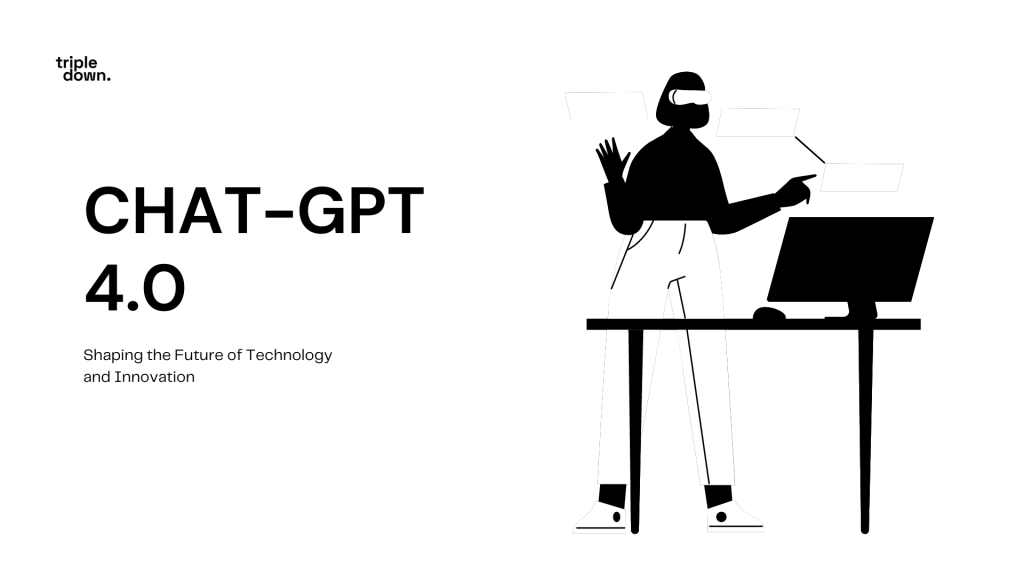
Implementing the DLT Pilot Regime in the EU commenced on March 23, 2023. This regime establishes the legal framework governing the trading and settlement of transactions involving crypto-assets classified as financial instruments under MiFID II. Additionally, it streamlines the establishment of novel forms of market infrastructures.
But what does it mean and how can we explain it in simpler terms?
Imagine you’re in charge of a big race, but instead of cars, it’s financial technology (fintech) companies racing to develop new and innovative ways to handle money and transactions. One of the most exciting tools these companies are using is called Distributed Ledger Technology (DLT), which is a super secure and transparent way of keeping track of who owns what.
Now, imagine you’re also the referee of this race, making sure everyone plays fair and stays safe. That’s essentially what financial regulators do. But since this race involves cutting-edge technology like DLT, regulators need to come up with new rules to make sure everything runs smoothly.
Enter the DLT Pilot Regime. It’s like a special track where fintech companies can test out their DLT-based ideas under the watchful eye of regulators. The goal is to encourage these companies to try out new things without worrying too much about breaking existing rules. It’s kind of like a practice round before the real race begins.
The DLT Pilot Regime has a few key goals:
Encouraging Innovation
By giving fintech companies a safe space to experiment, regulators hope to spur the development of new and exciting ways to handle money and transactions.
Providing Clear Rules
Just like any race, there need to be rules to make sure everyone knows what they can and can’t do. The DLT Pilot Regime lays out these rules so that companies know what’s expected of them.
Managing Risks
With any new technology, there are risks involved. The DLT Pilot Regime helps regulators keep an eye on things to make sure nothing goes wrong, like hackers trying to steal people’s money or systems crashing.
But while the DLT Pilot Regime is a great opportunity for fintech companies to test out their ideas, there are also some challenges:
Security and Privacy
Since DLT deals with sensitive financial information, it’s crucial to make sure that data stays safe and private. Companies need to put strong security measures in place to protect against cyber threats.
Making Everything Work Together
DLT is still relatively new, so it doesn’t always play nicely with existing systems. Fintech companies need to figure out how to make their DLT solutions work smoothly with the rest of the financial world.
Following the Rules
Even though the DLT Pilot Regime is meant to be flexible, companies still need to follow the rules. Navigating the complex world of financial regulations can be tricky, so it’s important to stay on top of things.
What does this mean for Fintech firms?
For fintech firms, the implementation of the DLT Pilot Regime in the EU offers a promising opportunity to innovate and experiment with Distributed Ledger Technology (DLT) solutions in a supportive regulatory environment. The regime provides clarity and guidance on trading and settlement of transactions involving crypto-assets, potentially facilitating market expansion and cross-border collaboration within the EU. However, firms must navigate compliance requirements, address security and privacy concerns, and overcome interoperability challenges to fully harness the benefits of DLT technology and capitalize on the opportunities presented by the DLT Pilot Regime.
Read more articles here.



